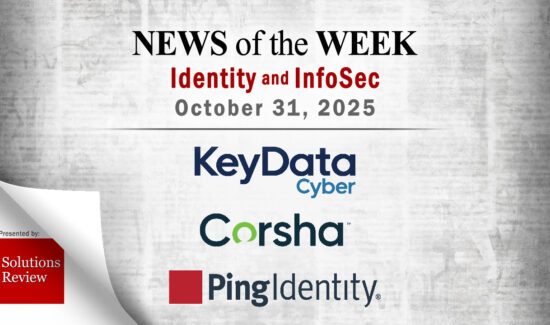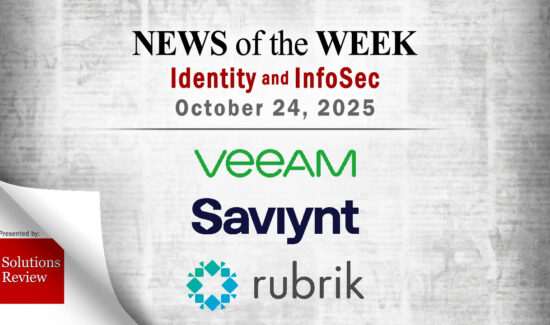EMM is the Key to Future Identity and Access Management

 New predictions made by Gartner for the new year in their special report, Predicts 2015: Identity and Access Management, focus on the emergence of the Internet of Things (IoT) and the dependence of Identity and Access Management (IAM) on Enterprise Mobility Management (EMM).
New predictions made by Gartner for the new year in their special report, Predicts 2015: Identity and Access Management, focus on the emergence of the Internet of Things (IoT) and the dependence of Identity and Access Management (IAM) on Enterprise Mobility Management (EMM).
In an article written by Jessica Meek for ChannelNomics, she explains that the IoT will drive the device and user relationship requirements in 20 percent of new identity and access management implementations by the end of 2016.
The report predicts that by 2017, EMM will be critical to IAM because organizations still tend to have some problems when it comes to secure access to enterprise third-party applications that use web and native architectures on the variety of different devices employees bring in.
“Today’s EMM tools can set security policies, provision device identities and isolate applications. However, their access management integration capabilities are nascent and only support internal use cases well,” the Gartner study said.
Gartner also predicts that by 2020, 60 percent organizations will allow active social identity proofing which means that consumers will be able to bring social identities to risk appropriate applications. The use of social media and the predicted future use of social media will provide enough identity information that could threaten an organization whether the account is on a device used for work or not. The risk of identity security and mobile security rise together.
“More enterprises could adopt a bring your own identity approach for allowing customers and workforces to use their social identities, thereby improving user experience and opportunity to leverage social relationships for marketing purposes,” said Anmol Singh, principal research analyst at Gartner.
It wouldn’t cost an organization much to do this. They could simply use remote on-demand verifications of identities whether the employee is in in-house or remote. This would make the network more secure as well as make the identity proofing process much more user friendly.


















